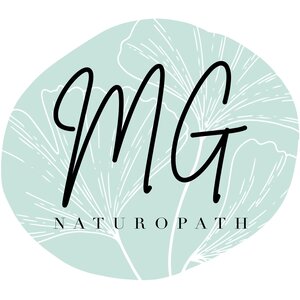Fermenting food is like pre-digesting it for our gut. When we eat it, it is super easy to breakdown and our tummy has less work to do. This increases the bio-availability of the nutrients in the food and allows us to better absorb all of the vitamins and minerals.
It also does this for whatever food we eat with it. It’s a good idea to have a little fermented food with each meal, or at least once per day. Fermenting food has become trendy and popular due to the movement to better the state of our gut. This is due to the high amounts of good bacteria in properly fermented food and drinks. It is these good bacteria that do most of the work in a fermentation process. Good quality fermented food will have a similar effect in our bodies to that of probiotics.
Fermenting also preserves the food we are using and it originated for this reason, before there was access to refrigeration. Food would be harvested in its peak, prepared and jarred for fermentation, and stored for the winter time when it was no longer abundant.
For all ferments it is important to use filtered water and always wash your hands before starting. It is even a good idea to throw a bit of vinegar over your hands before starting to massage cabbage or when handling your scoby (for kombucha).
The ferment will eat most of the sugar that you feed it, as you become more confident with fermenting you may be able to get away with less sugar but keep in mind your culture will die if it does not have enough to eat!
Over the next two blogs, I will be sharing my favourite ferments and why they are so good for you. You can find more information about these and how to make them in my latest book, From Peasants Food To Superfoods.
Sauerkraut
Plain old-fashioned sauerkraut is always the easiest place to start when you begin your fermenting journey. It is so easy in fact that all you really need to source is a cabbage. There are varying species of naturally occurring bacteria on cabbage leaves which make it the perfect fermenting vegetable. These include some of the common bugs seen in probiotics such as Lactobacillus species. For the little guys to do their job they need an anaerobic environment, which is why we seal the cabbage in a jar. Over time, the bacteria produce carbon dioxide and the acidic environment means that only the good bugs survive. These are the ones that we want to colonies our gut.
Kimchi
Kimchi is a must-have side dish that is on every table in Korea and Japan. It is rich in fibre, vitamin A, vitamin C, thiamine (B1), riboflavin (B2), calcium, and iron, and also contains many beneficial lactic acid bacteria.
Misomite
Whenever I run fermentation workshops I save this one for last. It is the easiest thing to do but is always the favourite and the one that makes it home first. This spread delivers everything you want from a morning started with Vegemite on toast, only you now have a wheat free, preservative free version. Misomite is also full of naturally occurring minerals and is high in calcium. Miso is full of enzymes and also contains a complete protein (see the glossary for more on protein) so will keep you full for longer than many commercially made breakfast spreads.
Join us next week to find out what the rest of my fave ferments are!

